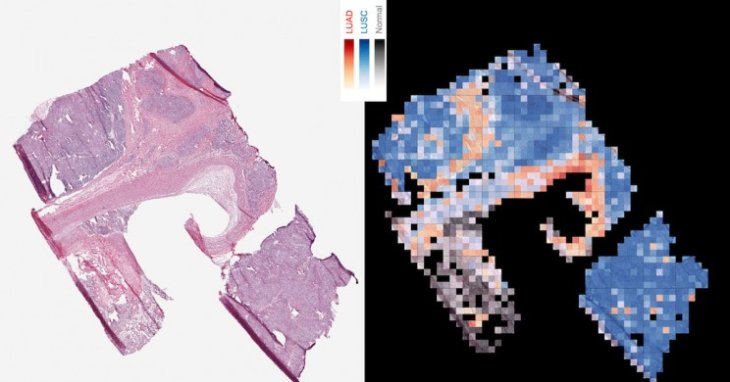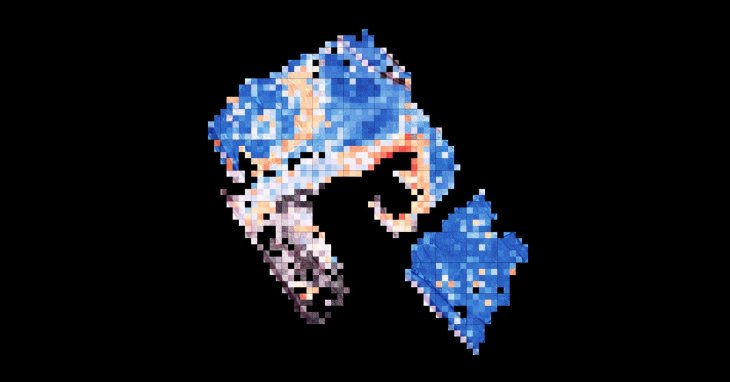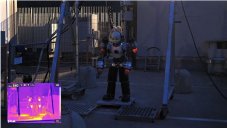Google AI Tool Can Tell Different Types Of Lung Cancer
Author - Oct 10, 2018

Researchers have shown that Google AI can tell different types of lung cancer, hoping to train the AI to improve cancer diagnoses and treatments.
- New ‘Deep Nostalgia’ AI Allow Users To Bring Old Photos To Life
- Pilots Passed Out Mid-Flight, AI Software Got The Aircraft Back Up Automatically
- YouTube AI Mistakes Black And White In Chess For Racism
New York University has distributed study showing how we can use AI in diagnosing lung cancer. The research discovered that a "machine learning" or Google-backed AI program could tell between two kinds of lung tumor with precision up to 97 percent, all through a picture.
The program conducted an analysis on a picture of a cancerous tissue slice from which it could tell if it was squamous cell carcinoma or adenocarcinoma - two kinds of lung tumors, that are tricky even for high-profile pathologists to recognize without extra examination. Seeing precisely what kind of cancer a patient is having means more exact and particular treatment.

AI identifies presence of unusual genes
For this situation, the squamous and adenocarcinoma cell carcinoma require different treatments. Not only does AI recognize tumor types, it can also decide if irregular renditions of 6 genes connected to lung cancer appeared in the cells it inspected.
The artificial intelligence had an exactness from 73% up to 86% relying upon the gene. These genetic mutations usually change the cell's shape and the manner in which it interacts with its environment which can support robotized examination visually read the cell's condition.

Precise disgnosis results in quicker treatment
Normally recognizing these adjustments in the genes of a patient takes a long time of sitting tight for test outcomes. According to Aristotelis Tsirigos, Ph.D., senior researcher, Pathology Department's associate professor at NYU Langone Perlmutter Cancer Cente, it is not good to delay treating cancer.
Through the study, we can get powerful evidence that AI can immediatly identify mutational profile and cancer subtype so that patients can start their treatment sooner. The computer program was trained to learn from its own mistakes, and scientists never had to tell it what to do.
Self-teaching makes the system more intelligent. The group utilized a profound convolutional neural system made by Google which is called Initiation v3 to analyze a gigantic measure of visual information.

AI keeps growing its accuracy
The researchers sustained the AI with data from Cancer Genome Atlas, which contains pictures of determined cancer diagnoses. Through prior-diagnosed images, researchers can spot their program's improvements.
At the point when the human-made intelligence attempted to accurately determine the tumor pictures, the scientists found similar pictures had been tricky for pathologists and at times had likewise been identified wrong. This is the proof for difficulty in telling different kinds of cancer cells and it is necessary that there be innovative diagnosing tools.
Narges Razavian, PhD, co-corresponding writer, assistant professor at divisions of Radiology and Population Health, speaks that in their research, they found it exciting to increase accuracy level and to prove that AI can find patterns which used to be unknown in the visible features of tissues around them and cancer cells.
With the synergy between computation's power and data, we can obtain the chances we never had before to make both the medical science and the practice better. The exploration group will keep on training the artificial intelligence with information until it reaches 90% precision at least.
From that point they hope get clinic permits from the government for this technology, Nature Medicine published the research.
Featured Stories

ICT News - Jul 05, 2025
Windows 11 is Now the Most Popular Desktop OS in the World

ICT News - Jul 02, 2025
All About Florida’s Alligator Alcatraz: A Smart Move for Immigration Control

ICT News - Jun 25, 2025
AI Intimidation Tactics: CEOs Turn Flawed Technology Into Employee Fear Machine

ICT News - Jun 24, 2025
Tesla Robotaxi Finally Hits the Streets: $4.20 Rides That'll Make You Hold Your...

ICT News - Jun 24, 2025
World's First Flying Humanoid Robot Takes Flight

ICT News - Jun 24, 2025
When Closed Source Met Open Source: Bill Gates Finally Meets Linus Torvalds After...

Gadgets - Jun 23, 2025
COLORFUL SMART 900 AI Mini PC: Compact Power for Content Creation

ICT News - Jun 22, 2025
Neuralink Telepathy Chip Enables Quadriplegic Rob Greiner to Control Games with...

ICT News - Jun 20, 2025
Tesla vs Zoox vs Waymo: Who would win?

ICT News - Jun 19, 2025
Comments
Sort by Newest | Popular